If you’re wondering whether you can use a NEMA 14-30 to 14-50 adapter for an EV charger, the short answer is: it’s not recommended. While both NEMA 14-30 and NEMA 14-50 are 240-volt outlets, they differ in amp ratings, and using an adapter can create potential safety hazards. In this article, we’ll explain the differences between these outlets, what kind of breaker you need for a NEMA 14-50 outlet, and whether it's safe to use one for charging your Tesla. Let’s break it down so you can make an informed decision about your EV charging setup.
What is the Difference Between NEMA 14-30 and 14-50 Adapter?
When it comes to home EV charging, understanding the differences between NEMA 14-30 and NEMA 14-50 outlets is crucial. These two outlets are often used for high-power appliances like dryers, stoves, and electric vehicles, but they have key differences in terms of their amp ratings, typical uses, and safety considerations. Let’s take a closer look at both to help you understand how they work and why using an adapter between them may not always be the best idea.
1. Amp Rating and Power Handling
-
NEMA 14-30: This outlet is rated for 30 amps, which means it can safely supply up to 30 amps of electrical current. The NEMA 14-30 outlet is commonly found in residential settings for appliances like dryers, some RVs, and other household equipment that require less power compared to larger devices.
-
NEMA 14-50: On the other hand, the NEMA 14-50 outlet is rated for 50 amps, allowing it to safely supply up to 50 amps of current. This higher amp rating makes the NEMA 14-50 outlet ideal for high-power appliances, such as electric ranges, ovens, and, most importantly, electric vehicle (EV) chargers.
The difference in amp ratings is the most fundamental distinction between the two. The 14-50 outlet can handle significantly more power, making it more suitable for EV chargers, which typically require higher current to charge faster.
2. Voltage
Both outlets operate at 240 volts, which is the standard voltage for most high-power residential appliances. The key difference is not the voltage but the amount of current (amps) the outlet can provide, which determines how much power can flow through the circuit.
3. Typical Uses
-
NEMA 14-30: This outlet is typically used for appliances that don’t require as much power, such as electric dryers and some RVs. It’s also commonly used in older homes for appliances that don’t need the full 50 amps of power.
-
NEMA 14-50: NEMA 14-50 outlets are primarily used for electric vehicle charging, especially for EVs like Teslas. The 50-amp rating allows for faster charging speeds, as it can supply more current to your EV, reducing charging time. In addition, NEMA 14-50 outlets are often used for heavy-duty appliances like electric stoves or ovens.
4. Safety Considerations
Using an adapter to convert a NEMA 14-30 outlet to a NEMA 14-50 outlet may seem like a simple solution, but it can pose serious risks. Here's why:
-
Mismatch in Amp Ratings: If you plug a device designed for 50 amps (like an EV charger) into a 30-amp outlet, the outlet could overheat because it’s not designed to handle that much power. This could lead to fire hazards or damage to both your EV charger and the electrical system.
-
Circuit Breaker Compatibility: The circuit breaker connected to your outlet is also sized according to the outlet’s amp rating. A 30-amp breaker protects a 30-amp outlet, and a 50-amp breaker protects a 50-amp outlet. Using an adapter might bypass this safety measure, causing a dangerous situation where the circuit breaker might not trip if there’s an overload, potentially leading to electrical fires.
-
Proper Sizing is Essential: The electrical code mandates that the wire size, breaker size, and outlet size must match to ensure safety. For a 50-amp outlet, you need 6 AWG wire and a 50-amp breaker. If you use an adapter, you're bypassing this safety measure, and there’s a risk of overloading the circuit.
5. Why an Adapter May Not Be Safe
While an adapter can physically connect the two outlets, the mismatch in amp ratings and power capacity could compromise the safety of your entire electrical system. A 14-30 outlet is not designed to handle the amount of power that a 14-50 outlet is built for. Even though the adapter might allow you to plug in a 14-50 device, it doesn’t change the fact that the 14-30 outlet isn’t rated to support the load.
For example, EV chargers require higher power to charge the vehicle faster. If you use a 14-30 outlet with a 14-50 adapter, the circuit may overheat or trip the breaker frequently, leading to damage to your vehicle or the charging equipment.
The NEMA 14-50 outlet is ideal for high-power appliances, particularly EV chargers, because it can handle the higher current required for faster charging. Using an adapter to connect a 14-30 outlet to a 14-50 charger may not be safe due to mismatched power requirements, circuit protection issues, and the risk of overloading the electrical system. Always ensure your outlet and wiring are appropriately sized for the device you plan to use, and consult with a licensed electrician for any installation needs.
Related: How to Install a 240 Volt Outlet for Electric Car?
What Breaker Do I Need for a NEMA 14-50 Outlet?
For a NEMA 14-50 outlet, you will need a 50-amp double-pole circuit breaker. This is because the NEMA 14-50 outlet is rated for 50 amps, and the breaker needs to match this capacity to protect the wiring and ensure the safe operation of the outlet. The breaker will cut off the power if the current exceeds 50 amps, preventing overheating and potential fire hazards.
A double-pole breaker is necessary because the NEMA 14-50 outlet is a 240-volt circuit, and a double-pole breaker is designed to handle both the hot wires (L1 and L2) in a 240-volt system. This type of breaker connects to both the hot wires, allowing for the full 240 volts of power to flow through the circuit.
Can I Charge My Tesla with a NEMA 14-50?
Yes, you can charge your Tesla using a NEMA 14-50 outlet, and it’s actually one of the most common and effective ways to charge your electric vehicle (EV) at home.
How It Works
The NEMA 14-50 outlet is a 240-volt outlet, which is perfect for charging electric vehicles. Tesla vehicles come with an adapter that plugs into the NEMA 14-50, allowing you to charge your car safely and efficiently. The 50-amp outlet allows for a maximum charging rate of 9.6 kW, which provides a relatively fast charging speed for your Tesla compared to standard 120-volt outlets.
Charging Speed
On a NEMA 14-50 outlet, you can expect to gain approximately 30 miles of range per hour of charging, depending on your Tesla model and the battery's state of charge. This means that if you charge overnight, your Tesla could gain a full charge or close to it, depending on your vehicle's battery size and initial charge level.
In conclusion, using a NEMA 14-50 outlet to charge your Tesla is not only feasible, but it's also a popular solution for home EV charging, offering convenience and solid charging speeds.
Conclusion
When it comes to home EV charging, understanding the differences between NEMA 14-30 and NEMA 14-50 outlets, and knowing the right breaker for each, is crucial for safety and optimal performance. While the NEMA 14-50 outlet is the best choice for fast and reliable charging of electric vehicles like a Tesla, the NEMA 14-30 can be used for slower charging if needed.
If you're looking for high-quality home EV chargers or commercial EV chargers, Autel offers excellent solutions to meet your needs. Their reliable and efficient products can ensure you always have a smooth charging experience.
Related: Can You Charge a Tesla with 240V?

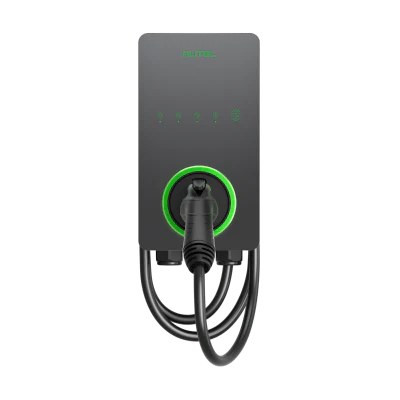
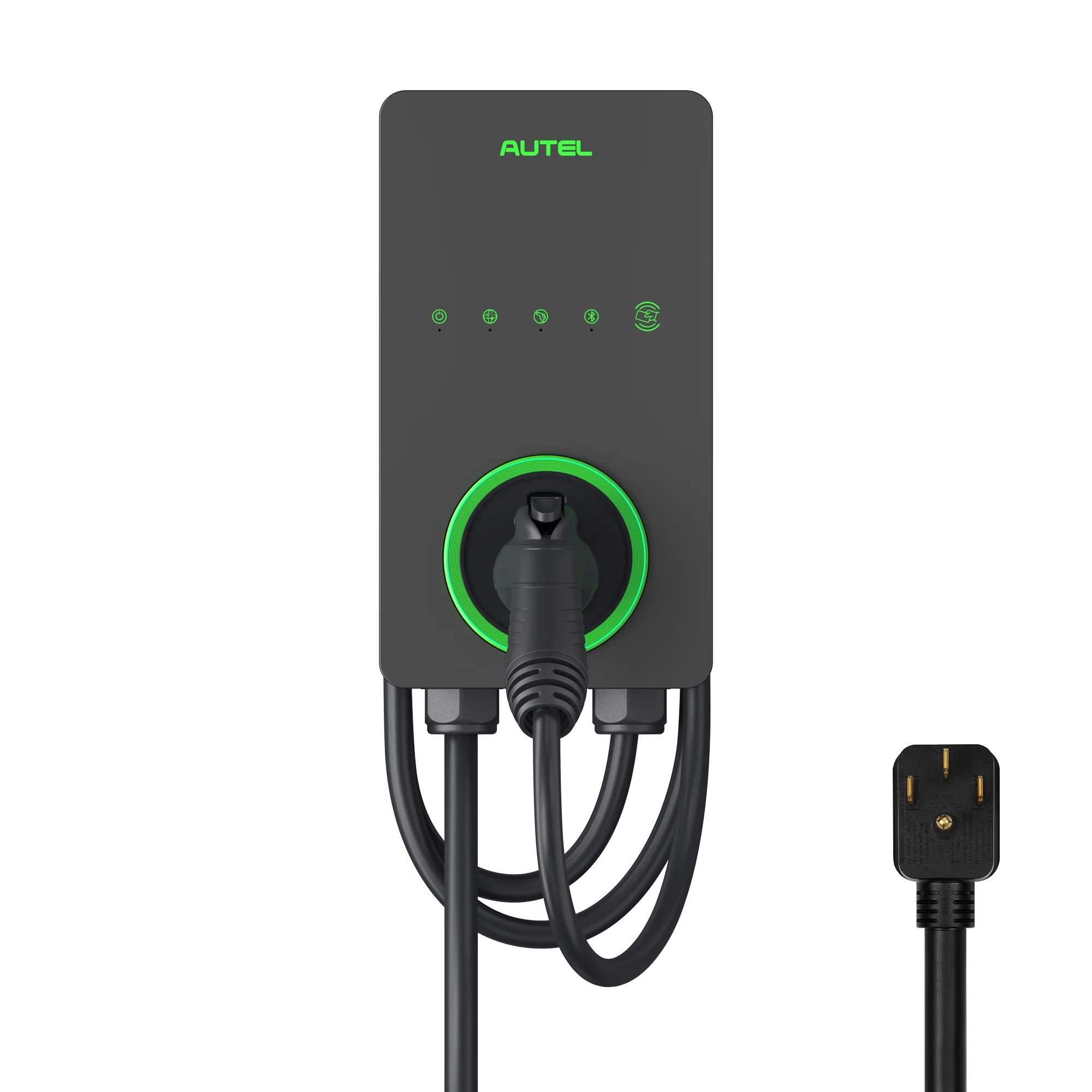
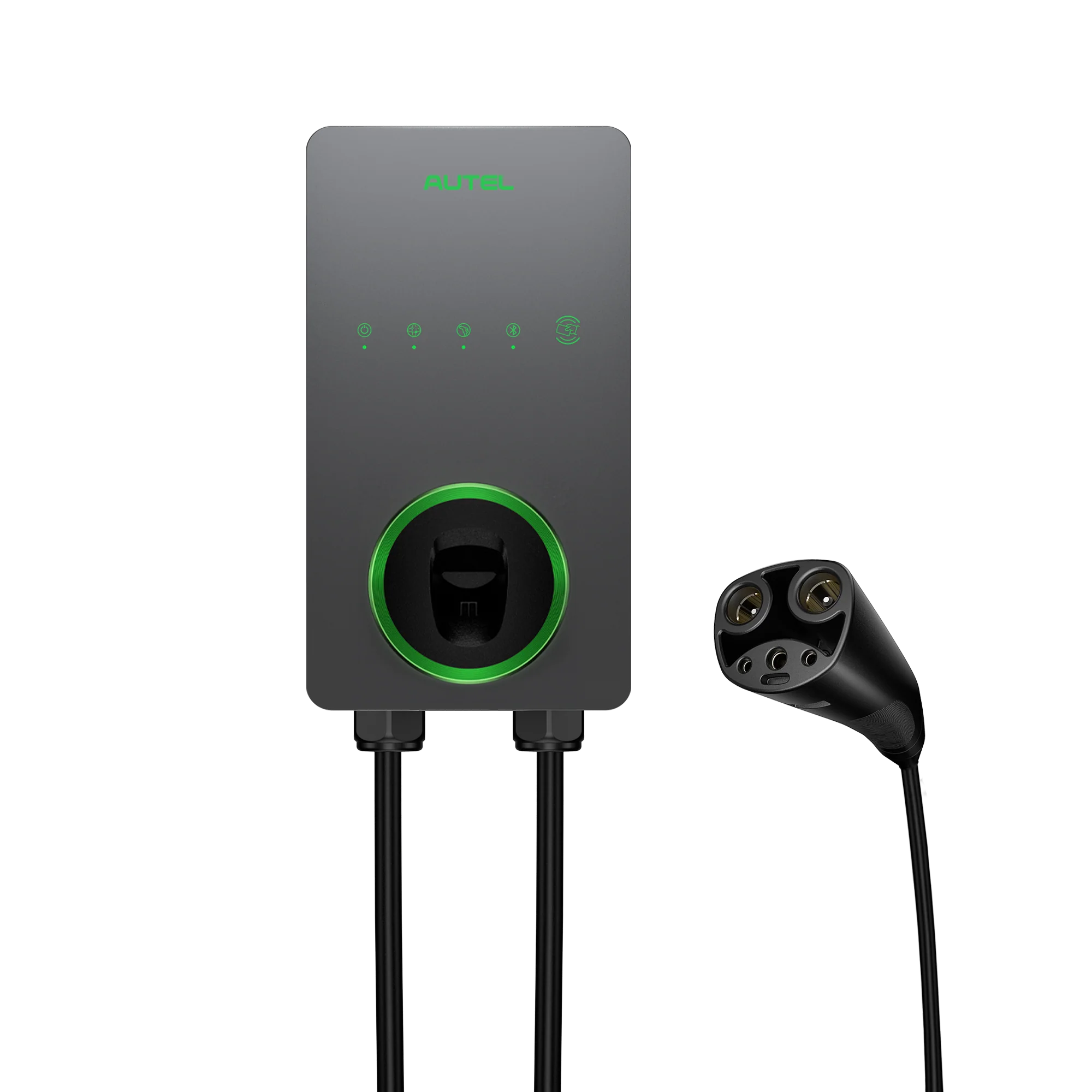
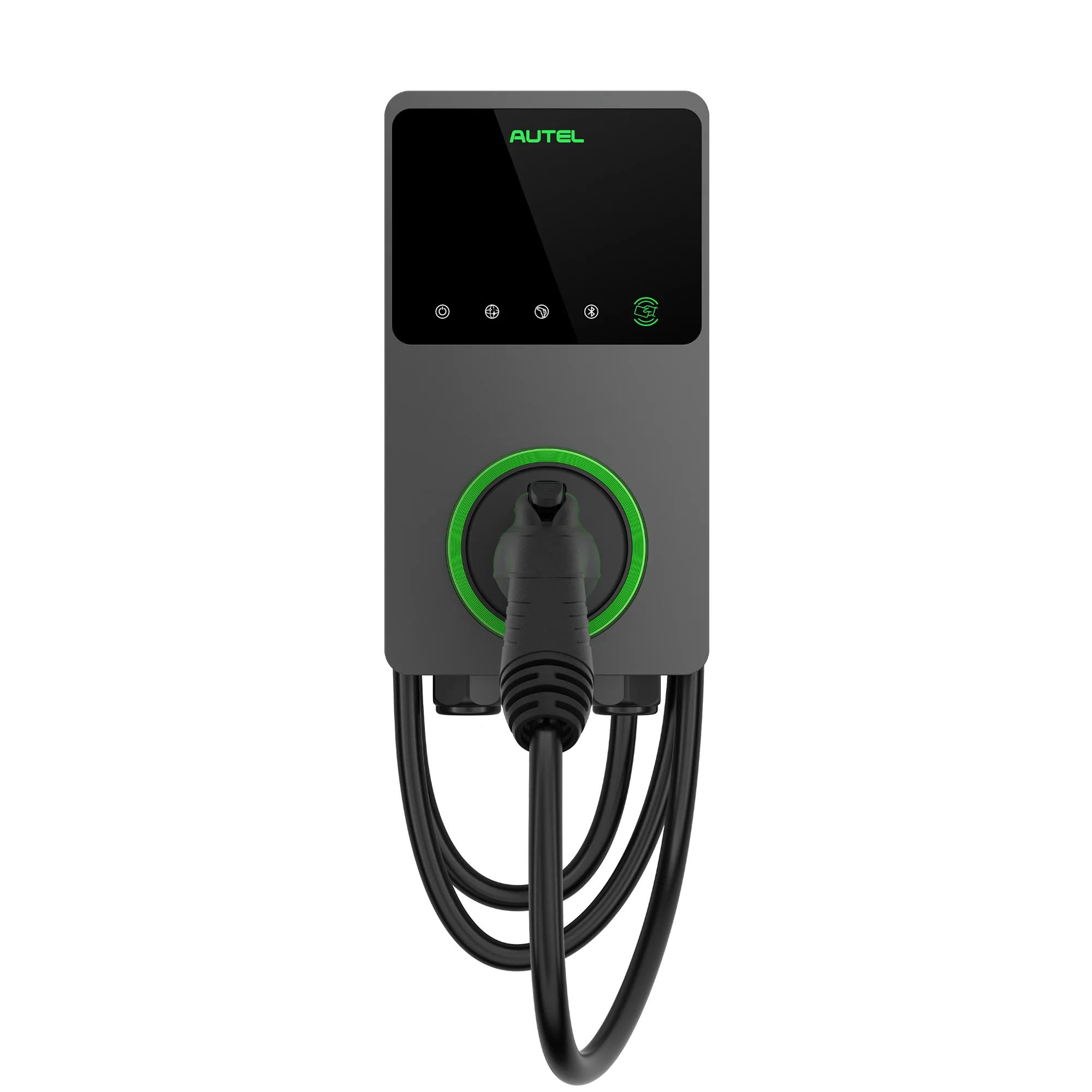
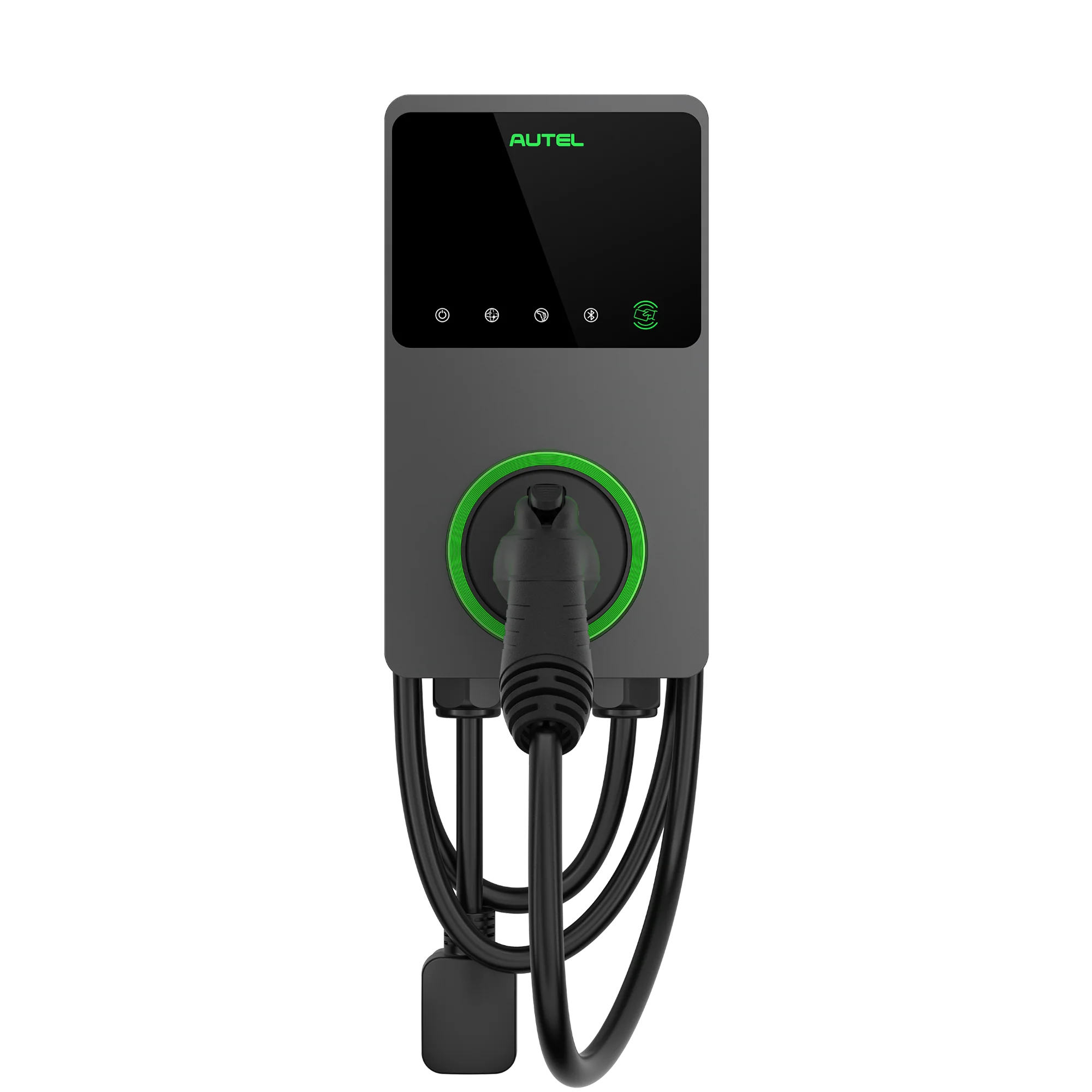
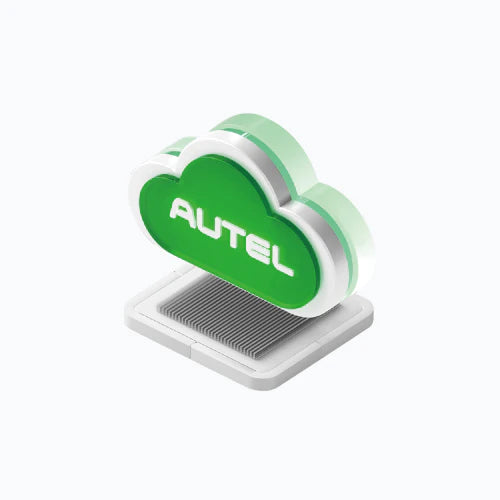
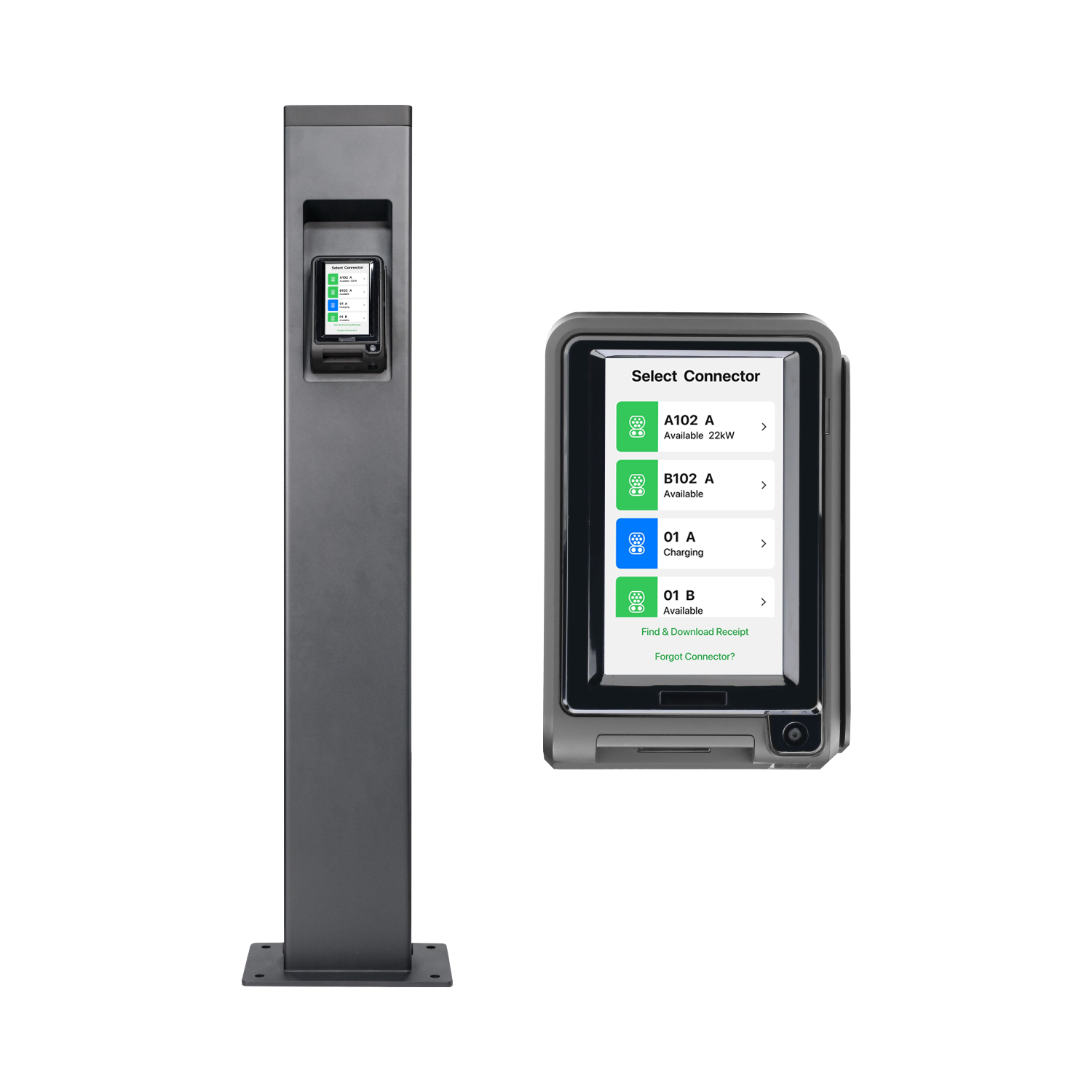
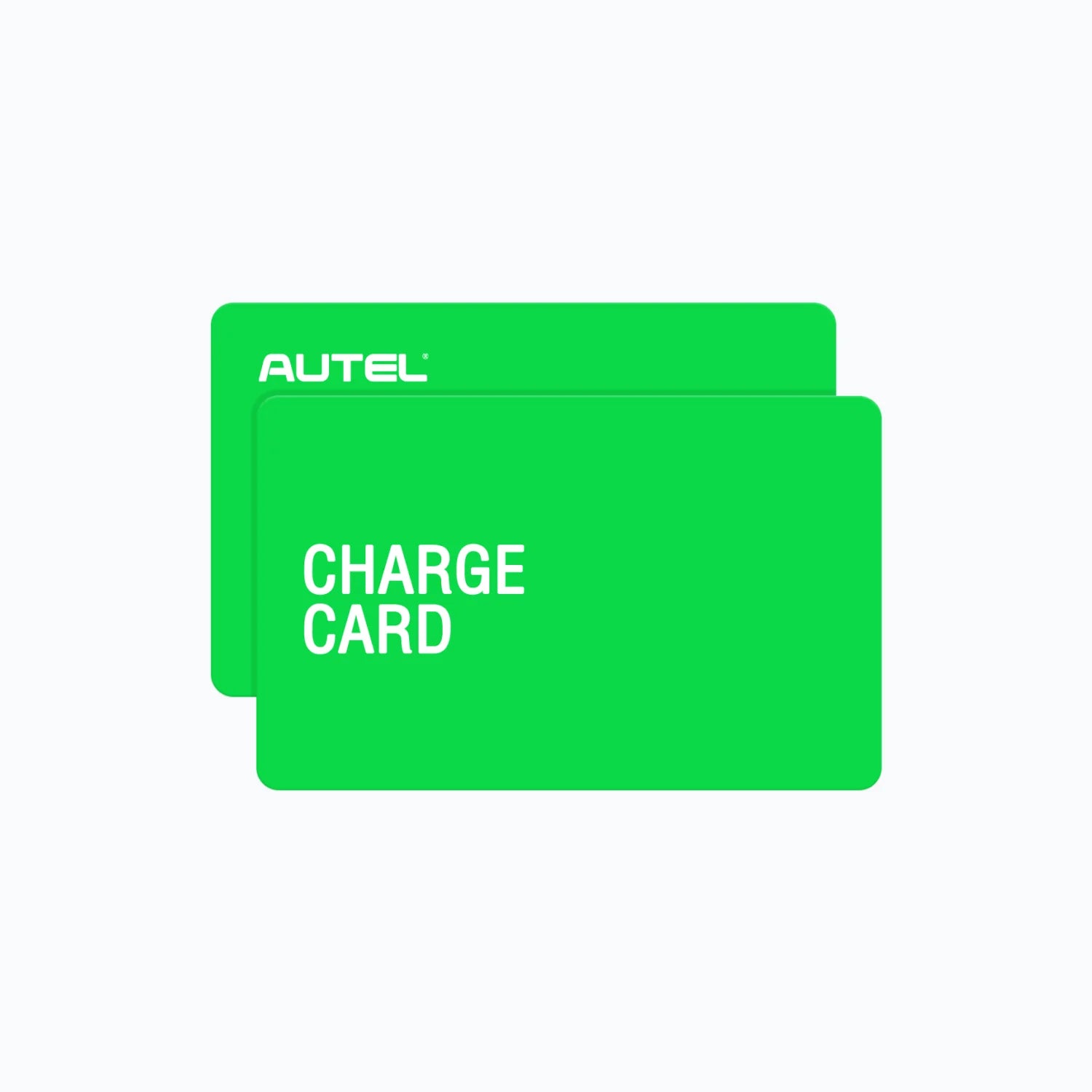
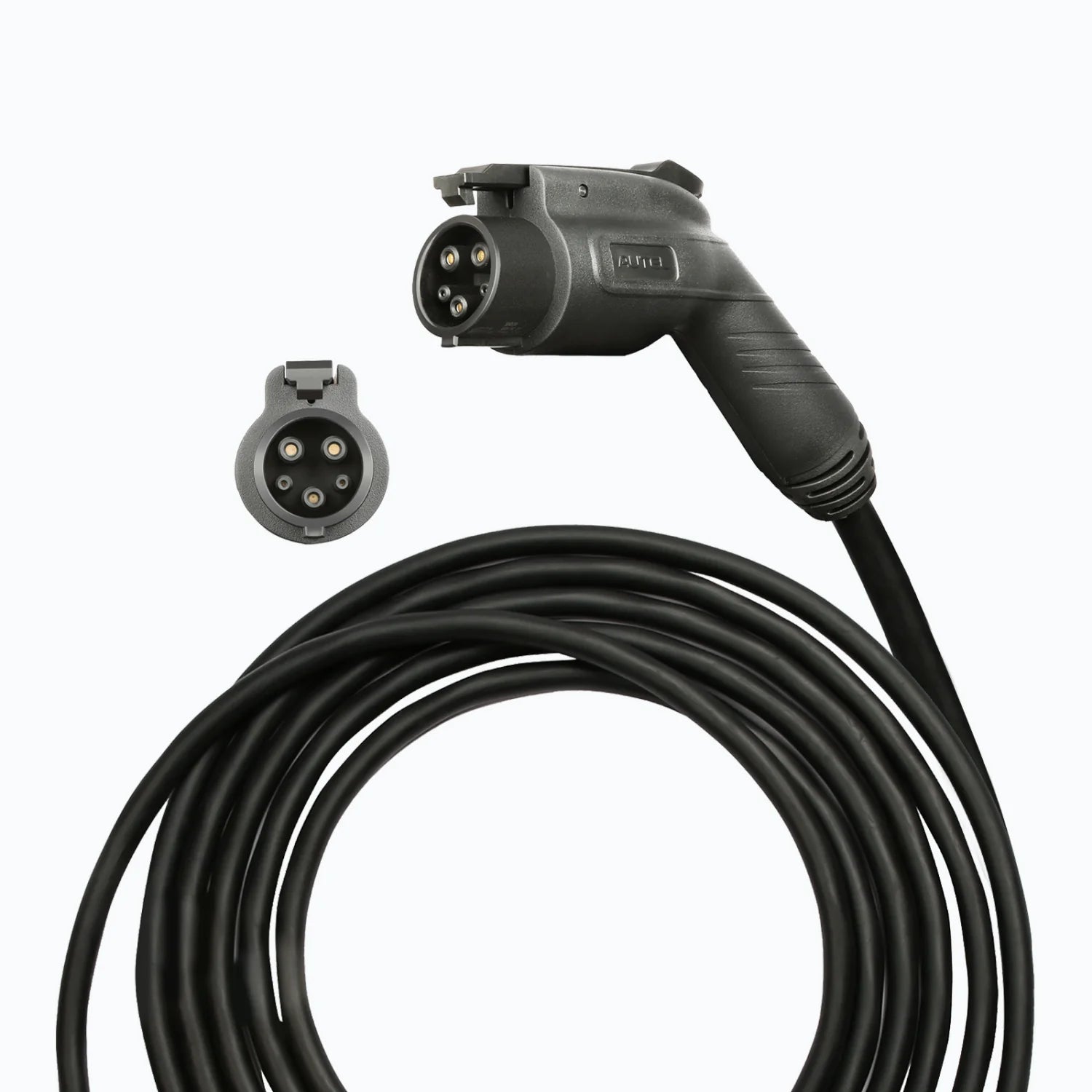
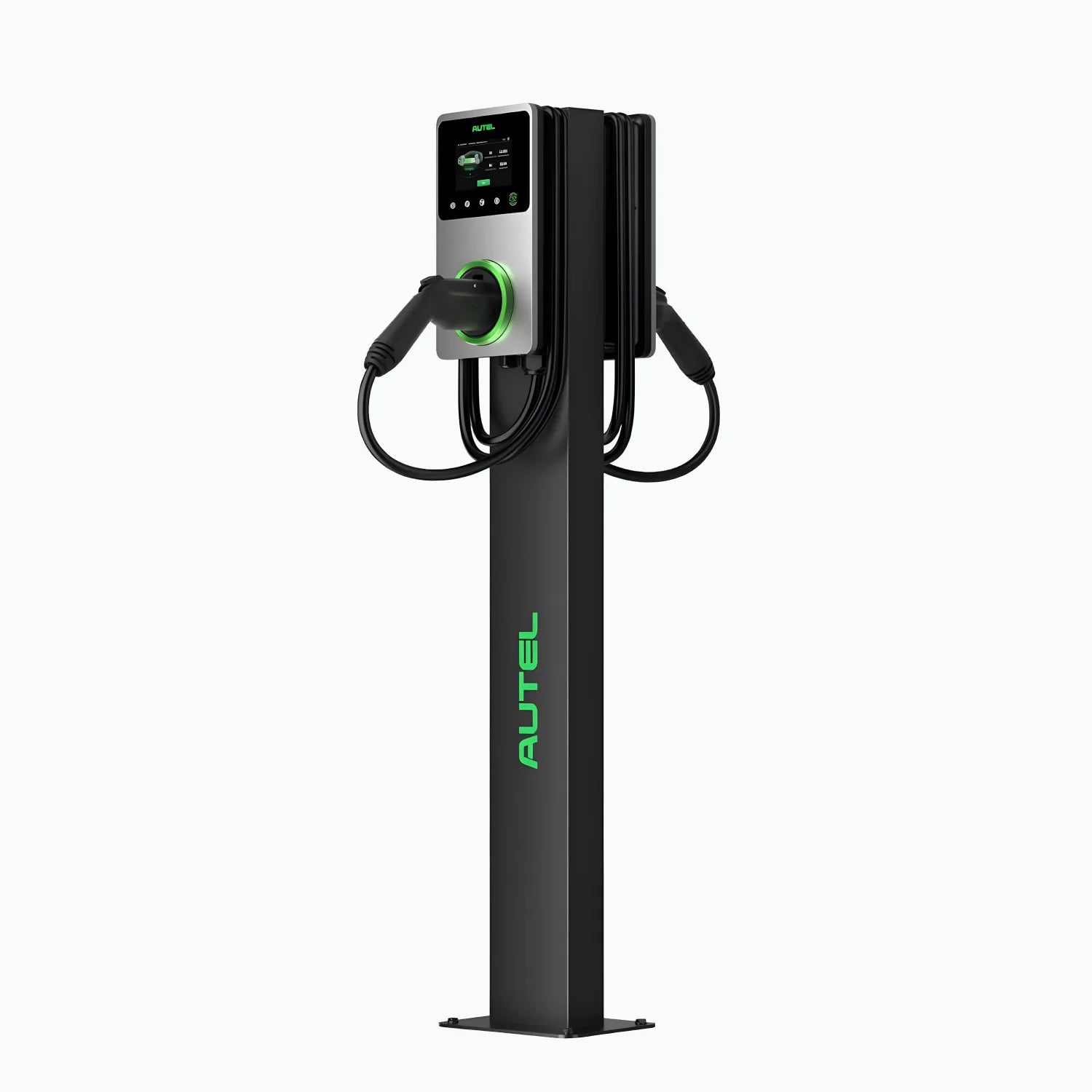
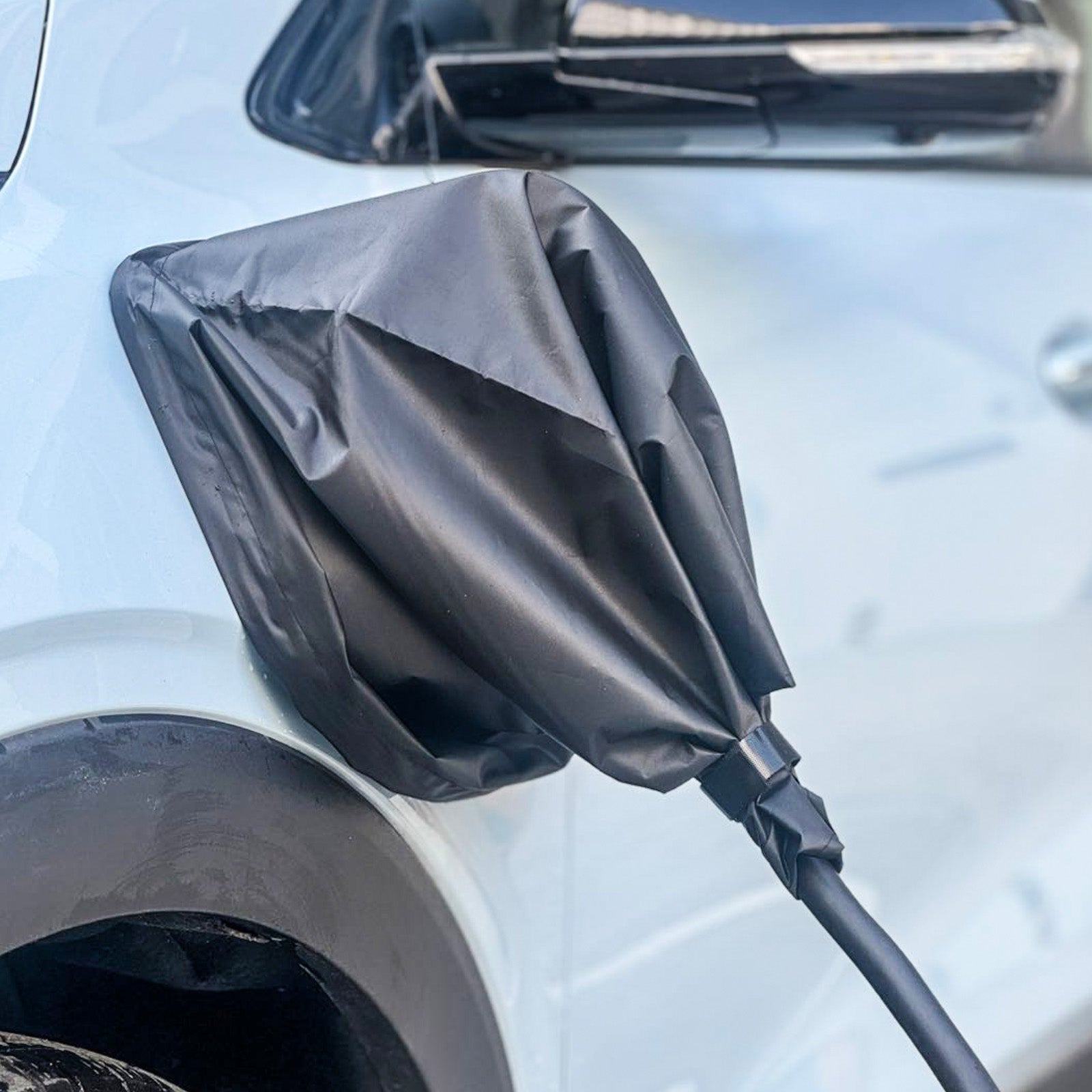
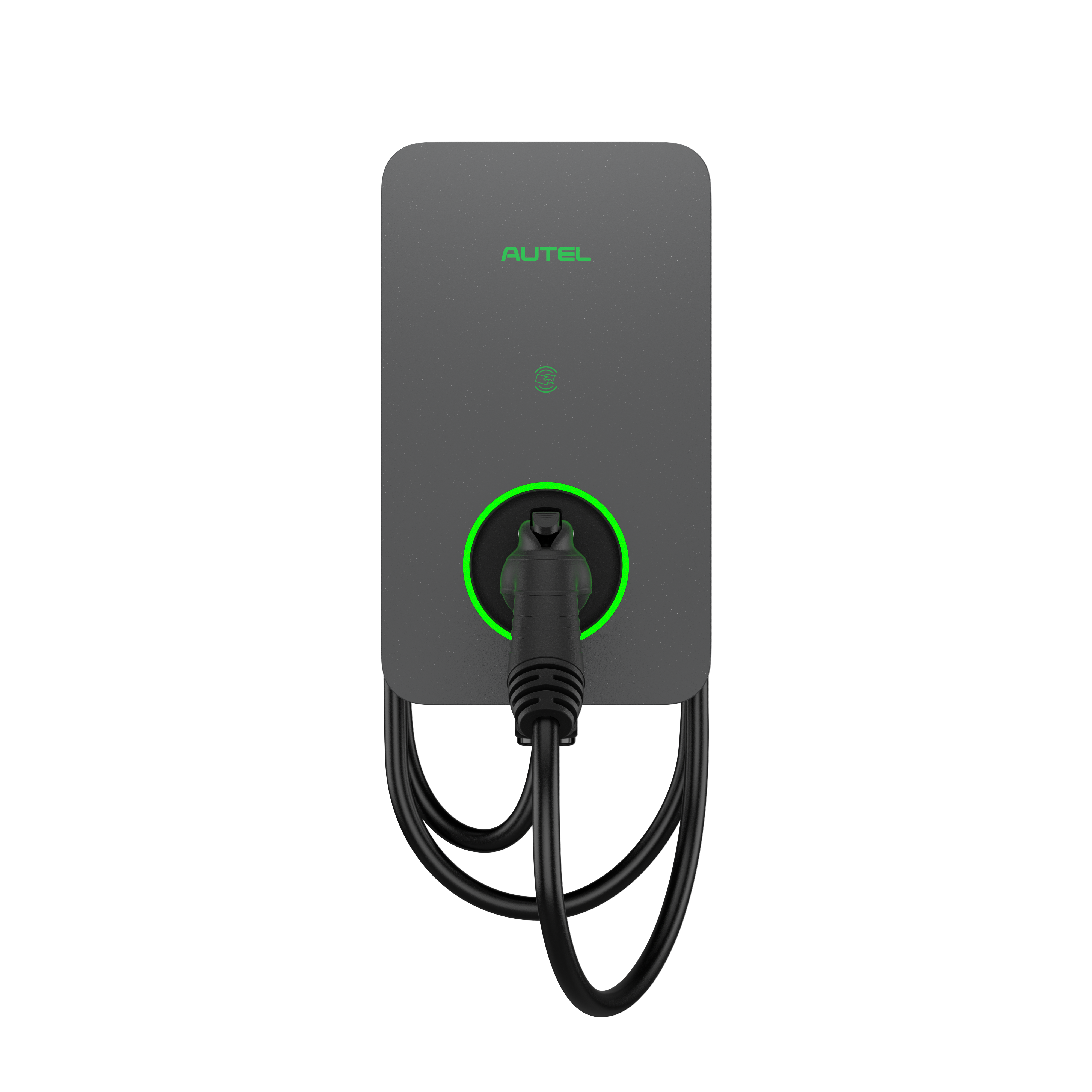
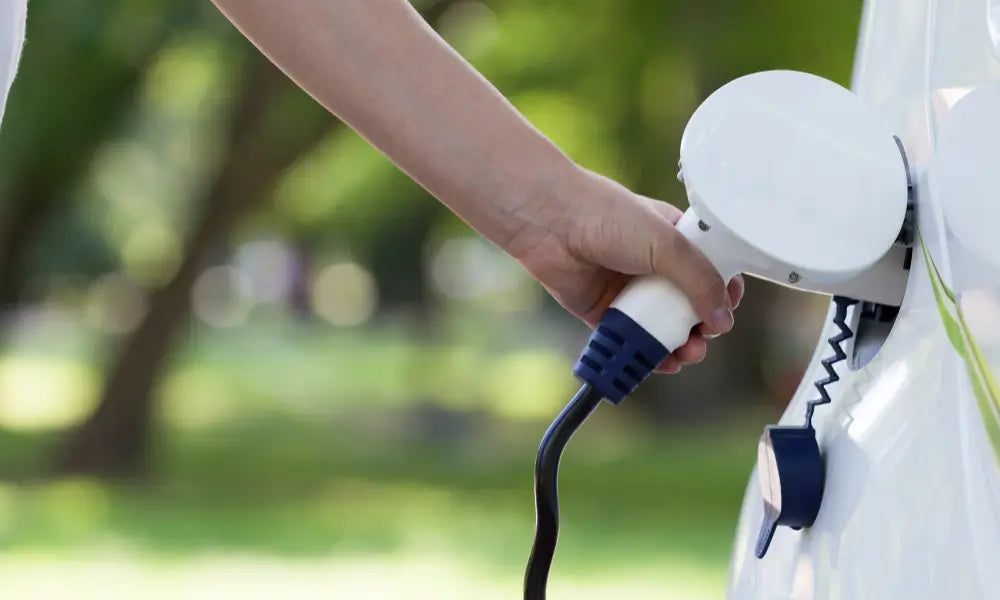
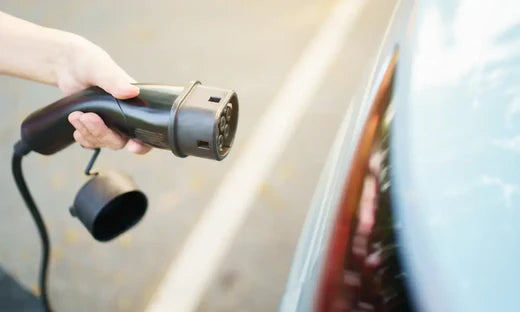
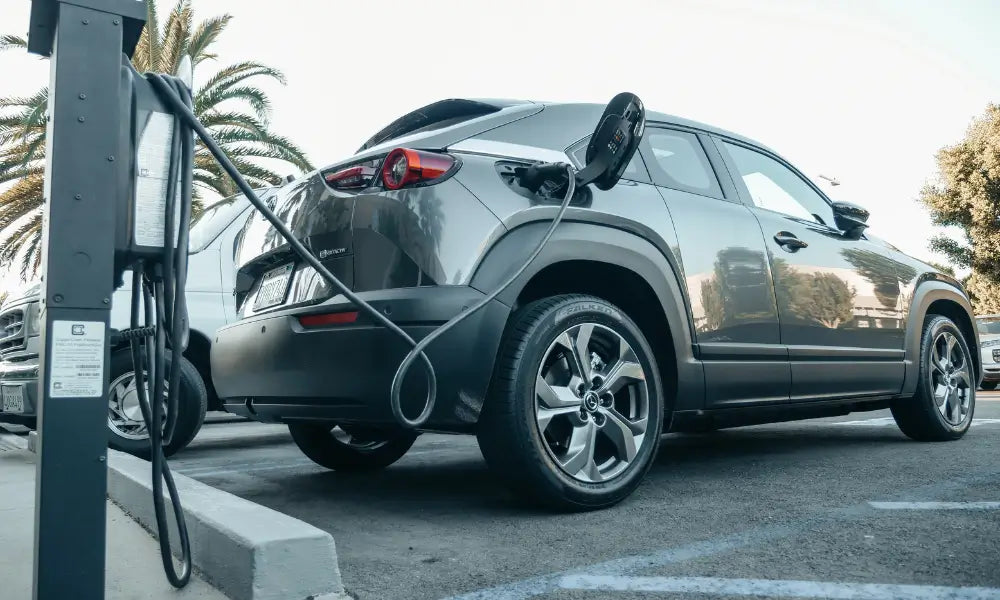
Leave a comment
All comments are moderated before being published.
This site is protected by hCaptcha and the hCaptcha Privacy Policy and Terms of Service apply.